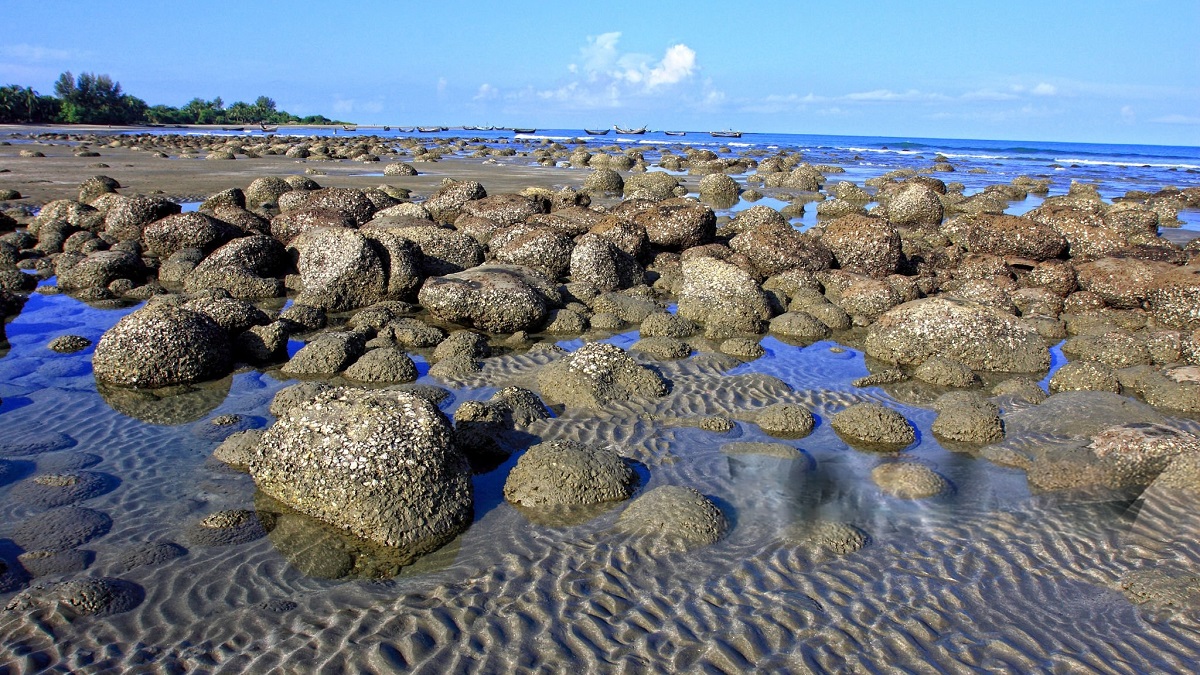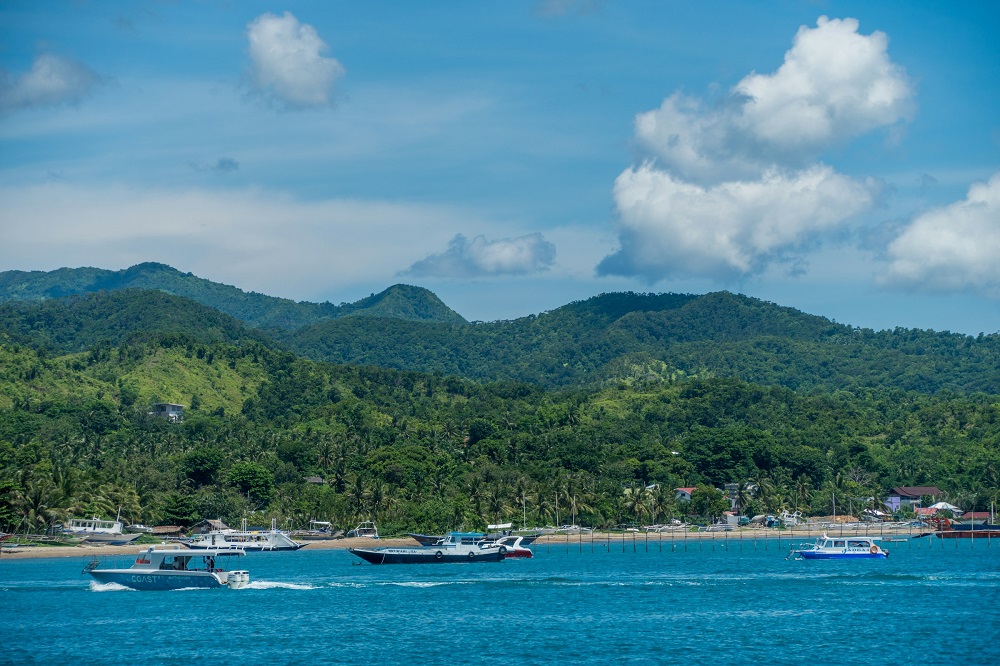Does a tourism ban work?
June 04, 2025

Saint Martin’s Island, Bangladesh’s only coral island, is like a worn-out traveler finally forced to rest after years of relentless footsteps. Once a paradise, it now bears the scars of over-tourism, unregulated fishing, and plastic pollution.
The island’s marine ecosystem is struggling, prompting the government to impose a nine-month tourist ban starting February 1, 2025. While controversial, this decision follows global conservation success stories. If executed well, it could restore the island’s balance, much like Palau and the Philippines’ Boracay did after implementing similar policies.
What happened in Palau and Boracay
Palau, a Pacific island nation, took a bold step in 2015 by establishing the Palau National Marine Sanctuary, covering 80% of its exclusive economic zone. The sanctuary banned foreign commercial fishing while allowing only small-scale domestic fishing. Additionally, Palau prohibited harmful practices like bottom trawling and blast fishing to protect marine life.
The results were significant. A 2021 study by the Palau International Coral Reef Center found that fish biomass in protected zones surged by over 300% within five years. Populations of key species, including tuna and reef fish, rose by 40%, and coral health improved due to reduced human interference.
While the policy initially caused economic hardships for commercial fishers, Palau adapted by investing in eco-tourism, sustainable fisheries training, and conservation programs. A mandatory $100 visitor fee now generates over $5 million annually for marine conservation, proving that environmental protection and economic growth can go hand in hand.

Boracay, on the other hand, a famous island in the Philippines, faced a different but equally pressing crisis. Overcrowding, untreated sewage, and unchecked commercialization pushed the island’s ecosystem to the brink. By 2018, Boracay’s once-clear waters were contaminated, forcing the Philippine government to take drastic action—a six-month total closure of the island to rehabilitate its ecosystem.
Strict regulations followed. Daily visitor caps were enforced, single-use plastics were banned, and wastewater treatment became mandatory for businesses. The government demolished illegal structures encroaching on beaches and shut down non-compliant establishments. While thousands in the tourism sector temporarily lost their jobs, the government provided financial aid and job training programs to help them transition into other sectors.
When Boracay reopened, it was a transformed island. A controlled number of tourists, stricter environmental regulations, and improved waste management created a more sustainable tourism model. The economy rebounded, with businesses benefiting from a cleaner destination.
What next after the tourism ban?
With Bangladesh enforcing a nine-month tourist ban on Saint Martin’s, the key question is: what comes next? Temporary closures alone cannot guarantee long-term recovery. Palau and Boracay’s experiences highlight steps Bangladesh must take to ensure lasting success.
Designating Saint Martin’s as a permanent marine protected area would be a crucial step. Marine reserves have been shown to increase fish stocks by 30% within a decade. A structured conservation plan will prevent a relapse into environmental degradation when tourism resumes. Without consistent protection, the island’s natural habitats could once again decline.
Implementing an eco-tourism fee, similar to Palau’s visitor tax, can fund marine conservation projects. This revenue could be used to improve waste management, regulate visitor numbers, and support local conservation efforts. Funds can also be allocated for educational programs to raise awareness about responsible tourism, ensuring that future visitors contribute to the island’s preservation.
A well-planned visitor management strategy is essential. Boracay’s model—daily tourist caps, strict waste disposal policies, and regulated business practices—can serve as a blueprint. Restricting tourism to designated zones and enforcing guidelines on waste disposal can help preserve Saint Martin’s fragile ecosystem. Proper infrastructure, such as eco-friendly resorts and sustainable transport services, should also be prioritized.
Economic alternatives must also be provided for local communities. During the ban, fishermen and tourism workers who rely on the island’s economy will face hardships. Government-backed programs for sustainable aquaculture, eco-friendly business training, and conservation jobs can offer long-term employment solutions.
Encouraging eco-tourism, where tourists engage in responsible travel like guided nature tours and marine conservation programs, can create a balance between economic growth and environmental preservation. Involving local communities in conservation efforts will create new livelihood opportunities and foster a sense of shared responsibility for protecting Saint Martin’s ecosystem.
The temporary tourism ban on Saint Martin’s island is a bold step, but its success will depend on the actions that follow. Depending on execution, the results could go either way.
Most Read
You May Also Like